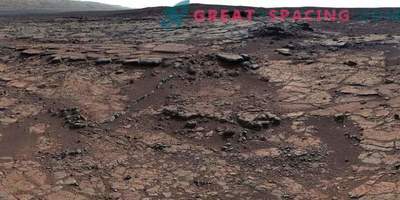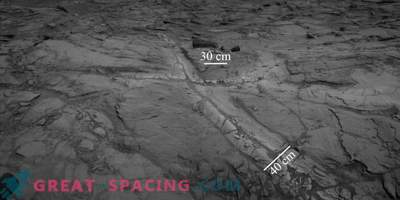
For a long period of time, scientists knew that once Mars was a wet and warm planet. But 4.2-3.7 billion years ago, the atmosphere slowly disappeared, which turned the surface into a frosty desert, observed today. Modern missions have been able to confirm the presence of ancient lake streams and rivers, but how much water could the Red Planet have?
Scientists are interested to know whether there are large seas or even an ocean in the northern lowlands. A new study suggests that the ancient river system Hypanis Valles is actually the remains of a river delta. The presence of this geological formation indicates that this river system once flowed into the ancient Martian sea in the northern hemisphere.
For the analysis, data from the MRO and Mars Odyssey probe were used to study the morphology, sedimentary architecture and sedimentary environment of the Hypanis Valles region. The delta is what separates the southern elevation from the northern lowlands, where the ancient ocean could once have been located. New evidence suggests that water covered the northern third of Mars in the past.
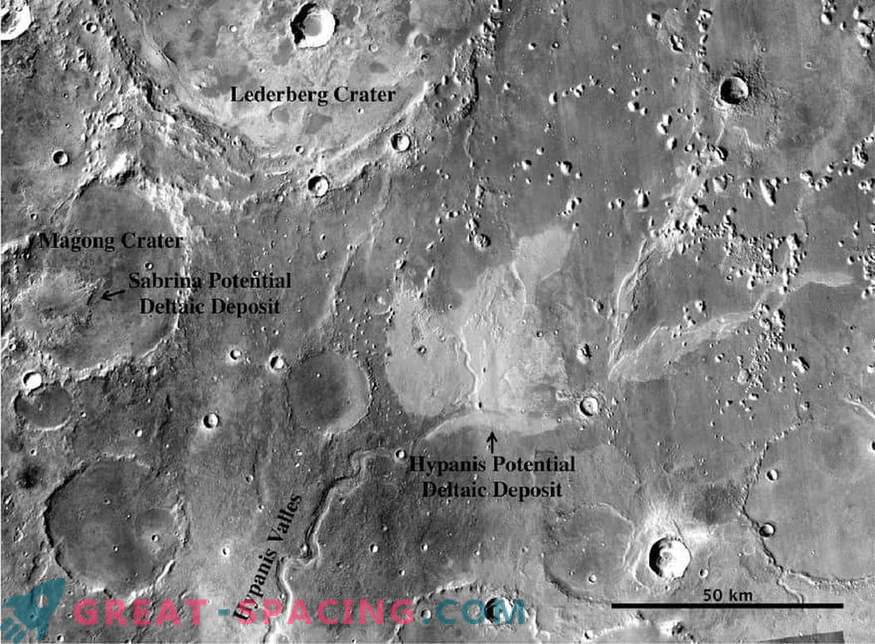
Image shows sediment from Hypanis Valles The presence of the ocean suggests that the Red Planet could have a Earth-like water cycle with rivers, lakes and oceans that interacted as a single planetary system. Researchers believe that this hydrological cycle remained active about 3.7 billion years ago, after which it began to collapse. The new analysis does not prove conclusively the presence of the ocean in the past, but geological features are difficult to explain without its presence.
It is difficult to determine the water past of Mars, because the planet lacks visible signs of lakes and oceans on the surface. As a result, I had to look for other ways to determine where the water flowed and the sand settled. In the specific case, the indicator is the river delta, which appears when the river slows down due to a slow or stationary body. This leads to the deposition of precipitation on the surface and the formation of large islands, etc. Previously, the deltas were found on Mars, but only in the craters where water flowed into the lake.
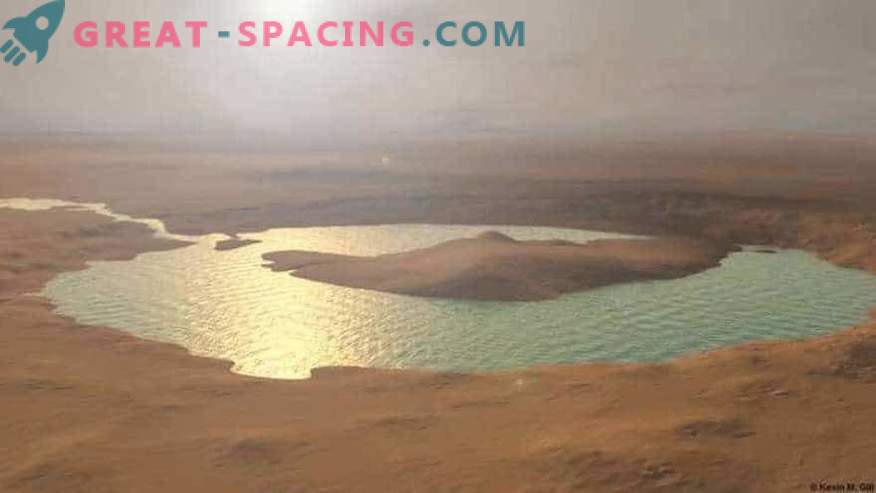
The artistic vision of the “lake” in the Martian crater Gale, as it could appear millions of years ago
For example, the Curiosity rover studied Gale Crater in 2012 and noticed numerous evidence that the crater was previously a lake. It contained clay minerals at the base of the Aeolis mountain, as well as sediments and channels, which can be explained only by the water flowing into the crater. Now scientists can state with confidence that Hypanis Valles is evidence of a permanent reservoir. It is so huge that it could be an ocean. The analysis also showed that the ocean began to fade as the climate became colder and drier. When the water level dropped to 500 m, the Hypanis Valles delta began to grow. The findings suggest that about 3.6 billion years ago, the water system dried up and disappeared, which is consistent with the loss patterns of the ancient atmosphere.
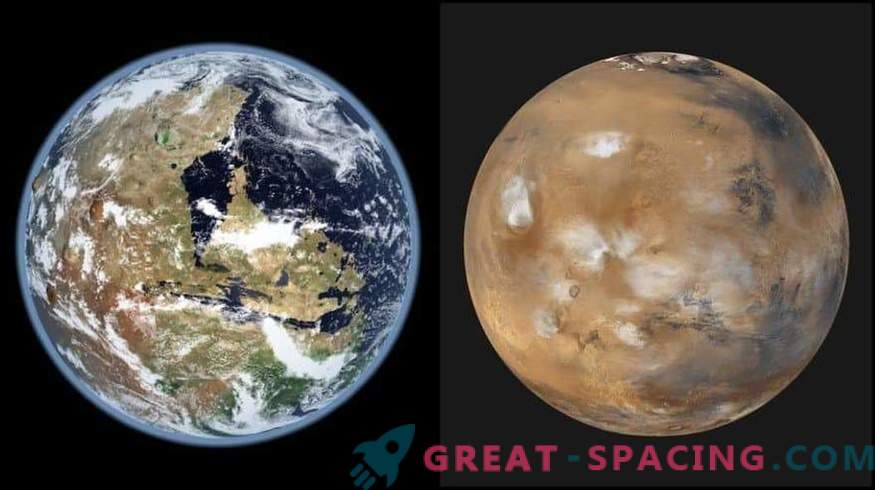
Scientists were able to determine the rate of water loss on Mars, measuring the ratio of water and HDO from today and 4.3 billion years ago
The study contributed to the understanding of the climate of early Mars. Of course, for now there is no 100% evidence of the presence of a large ocean, but it is also important that the coastline was close to the place where ExoMars 2020 and Mars 2020 rovers plan to land. Perhaps it will be there that you can find signs of ancient life.








